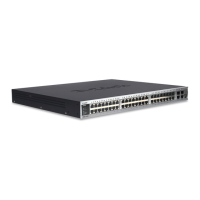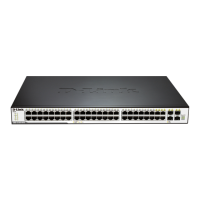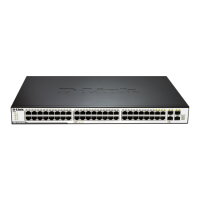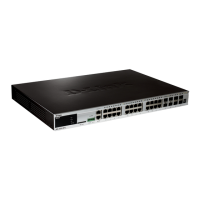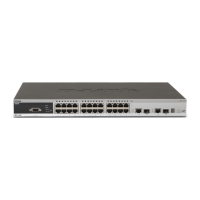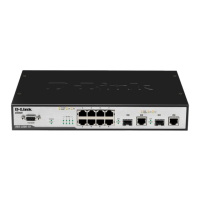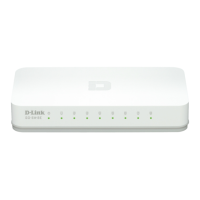6.1.2.3 L3 Aggregate Ports
Just like L2 Aggregate Port, the L3 Aggregate port is a logically aggregated port group that
consists of multiple physical member ports. The aggregated ports must be layer 3 ports of
the same type. For layer 3 switching, AP that serves as the gateway interface for layer 3
switching, is considered to take multiple physical links in the same aggregate group as one
logical link. This is an important method for expanding the link bandwidth. In addition, the
frames that pass through the L3 Aggregate port will undergo traffic balancing on the member
ports of the L3 Aggregate port. If one member link of AP fails, the L3 Aggregate port
automatically assigns the traffic on this link to other working member links, enhancing the
connection reliable.
It offers no functions of L2 switching. You may establish routes by first changing an L2
Aggregate port without members into an L3 Aggregate port through using the no switchport
command and then adding multiple routed ports on this L3 Aggregate port, at last assigning
an IP address to it.
6.2 Configuring Interfaces
This section provides the default configuration, guidelines, steps, and examples of
configuration.
6.2.1 Numbering Rules for Interfaces
The number of a switch port consists of a slot number and number of the port on the slot. For
example, the number of the corresponding interface of the third port in slot 2 is 2/3. The slot
number ranges from 0 to the total number of slots. The rule of numbering the slots: For
panels facing the device, their slots are numbered from front to back, from left to right, and
from top to bottom, starting from 1 and increased in turn. Ports in a slot are numbered from
left to right from 1 to the number of ports in the slot. For the devices which can be either
optical port or electrical port and in either case, they use the same port number. You may
view information on a slot and ports on it by using the show command in command lines.
Aggregate Ports are numbered from 1 to the supported number of Aggregate Ports by the
device.
The SVI is numbered by the VID of its corresponding VLAN.
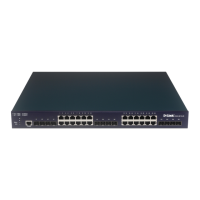
